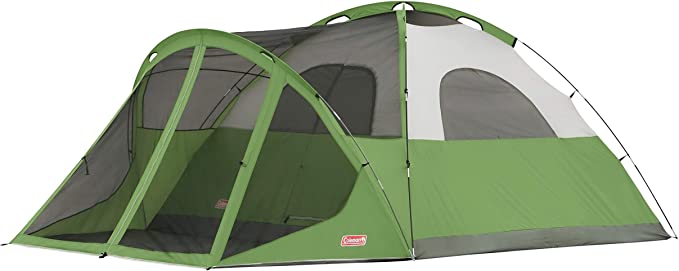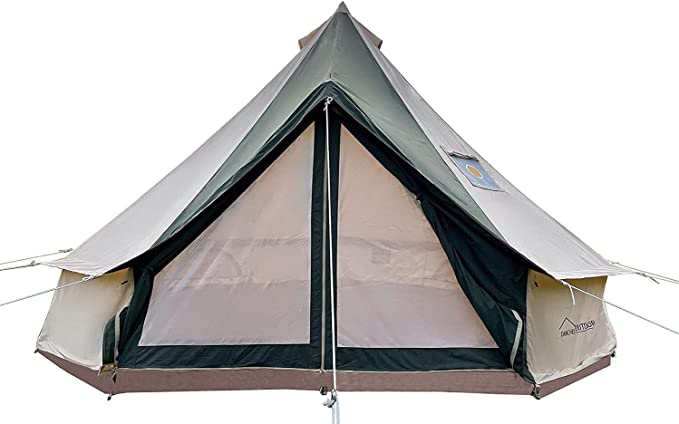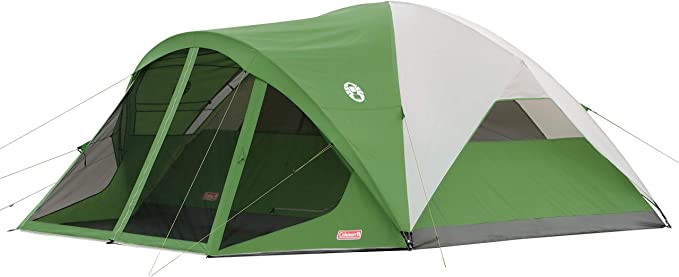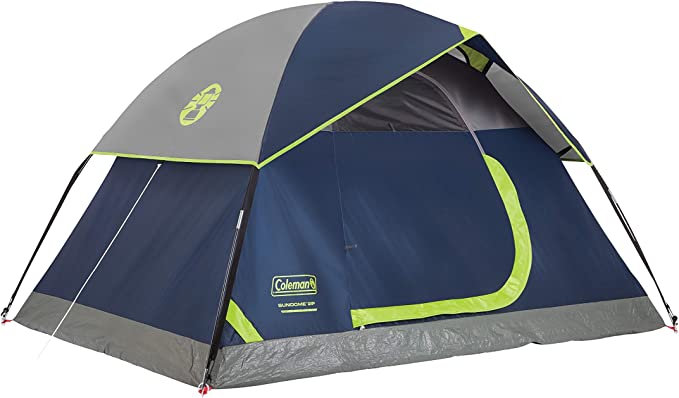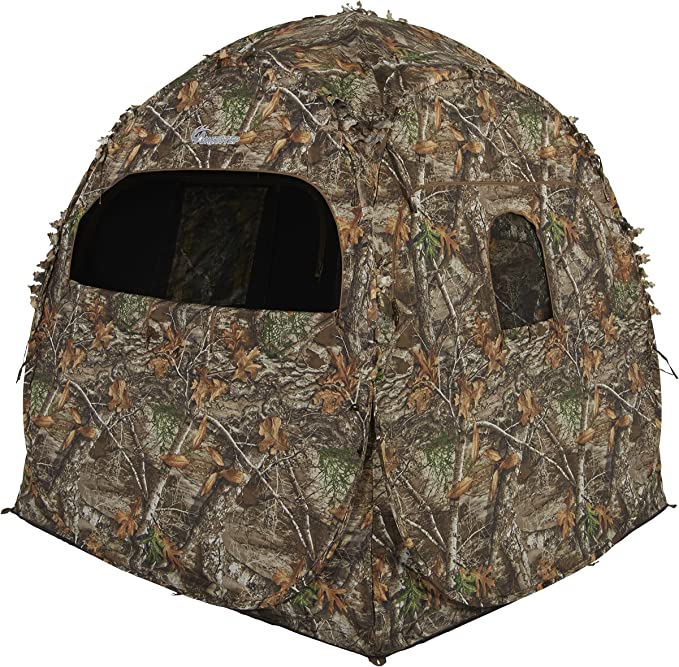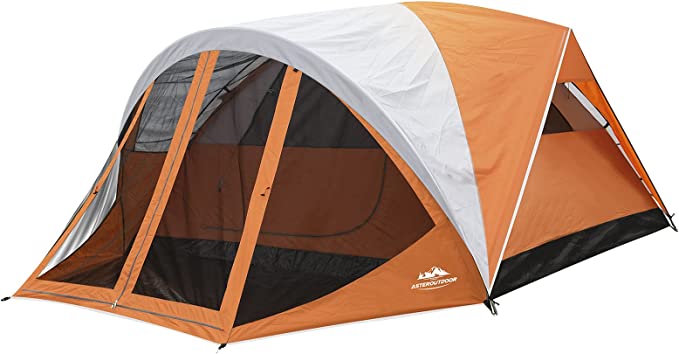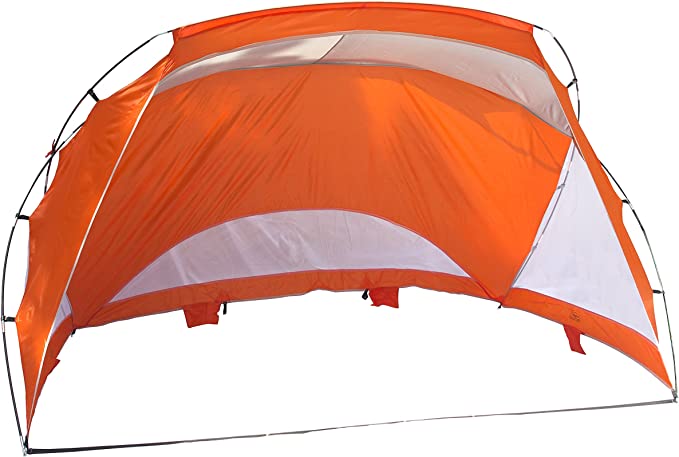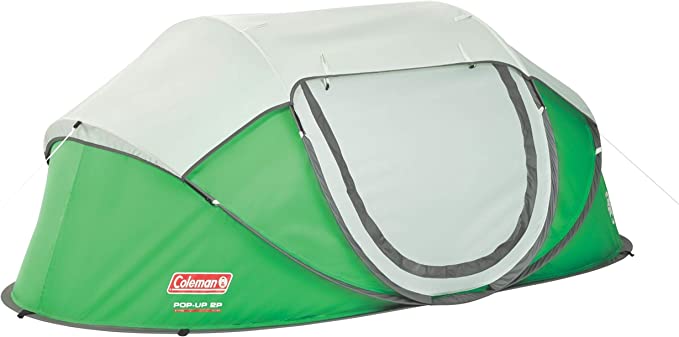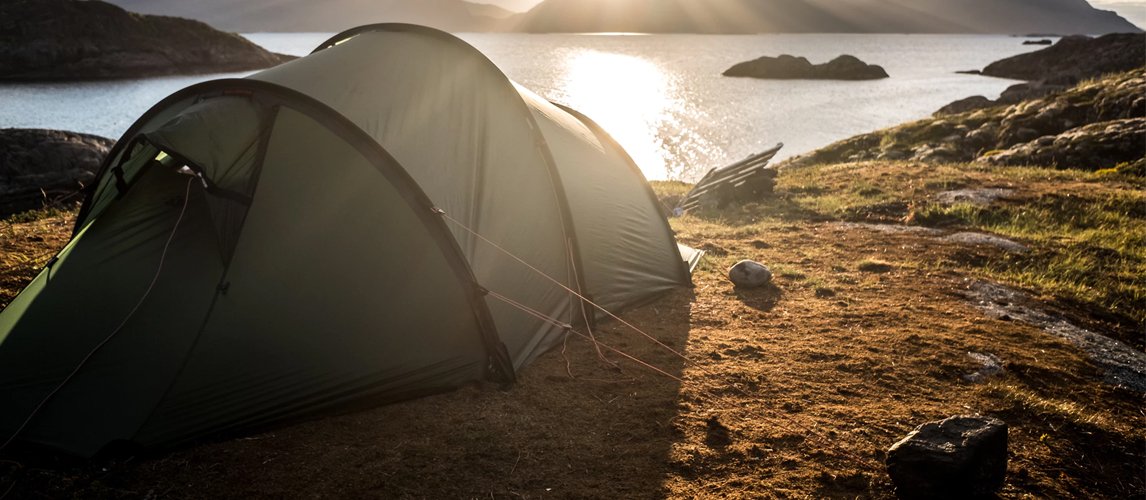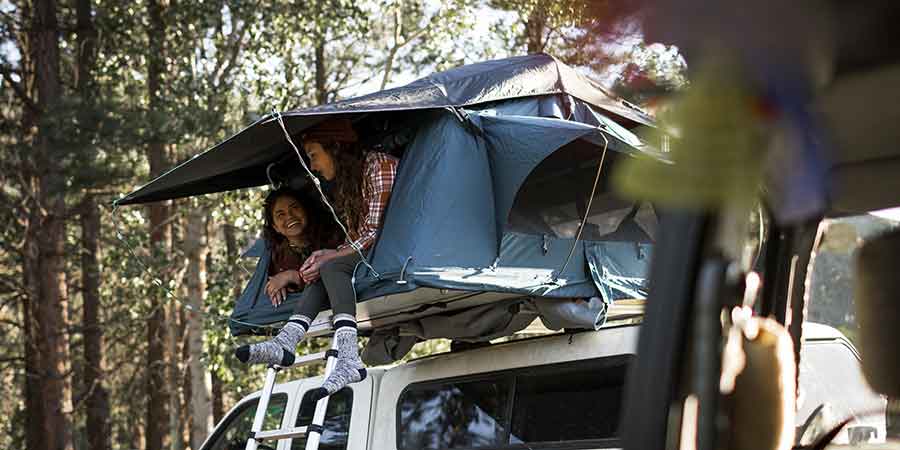CAMPING IS TENSIONAL! No, really. If you’re camping it’s likely that you’ll require the aid of a tent. Hammock enthusiasts might disagree, and we enjoy sleeping in the stars when conditions permit–but the majority times making sure you have a suitable shelter for you, your family members, or pets is an essential way to be comfortable in the wonderful outdoors. It’s as numerous varieties of shelters available as options to camp and they vary in terms of cost and characteristics. In order to help you pick the perfect camping tent to go on your next trip We’ve compiled our top picks over the years, whether you’re going on a camping weekend with your family or just a solo trip up Mount Whitney.
Check out our buying guides that include those that include the Best Rain Jackets, Best Hiking Gear, Best Camping Gear and Best Barefoot Shoes.
Special discount Special offer for Gear readers: Purchase one year of WIRED for just $5 ($25 discounted). This gives you all-access to WIRED.com as well as our print magazine (if there’s a desire for). Subscriptions support our work every day.
Overall, the Best
Coleman Dome with Screen Room (6-Person)
Go to any campground across America and you’ll come across many of these simple Coleman tents – and for the right reasons. They’re affordable, accessible virtually everywhere and can perform the task. You’ll need them for camping, particularly if you’re just going camping for a couple of days or so.
This is our top choice for both newbies and veteran alike. It’s simple to set up, and offers excellent rain protection , and provides three-season comfort The price isn’t going to make you rich, though it’s risen by nearly 50 dollars in the last year. If you opt to skip the vestibule and bug screen and this Coleman Sundome Tent is even more affordable. However, as a southerner in the United States, I really like the bug-proofing (and the extra space for storage).
The Best Family Tent
MSR Habitude (6-Person)
If you’re camping as a family, allow the senior associate editor of reviews Adrienne Make a case for camping in the backcountry. The idea of paddling out to a distant beach might be more appealing than figuring out how to stop an overly enthusiastic dog or toddler from disturbing anyone else at a campsite. If you’re heading away from your car and need a durable tent that is more stable and reliable like this MSR.
The Habitude is sturdy and light. It can be easily mounted on an canoe or paddleboard and is simple to put together. The layout is easy to set up and poles are color coded. There’s plenty of room to accommodate two kids, an adult as well as a big-ish dog. It also comes with storage pockets and areas to hang light fixtures, and even a vestibule. The biggest drawback is that it does not get enough airflow like our other choices. However, it’s an excellent choice if your family is ready to get beyond car camping, but isn’t yet ready to take the handles off all toothbrushes to go ultralight.
The Best Family Budget Tent
Coleman Cabin Tent
If you are only camping on weekends and don’t need the 600 dollars we paid for our top pick for families this Coleman is a great alternative. It has the space of around 85 square feet, and can be install quickly. It’s an impressive six feet high however it slopes towards the walls. However, it’s ample for my family of five , as well as equipment.
Coleman sells the tent with no rainfly, claiming it is waterproof in its current state. I’m yet to put it through a severe storm, however since Coleman does sell an additional rainfly ( $30 on Amazon) I would suggest purchasing it. The tent itself is resistant to light rain. I would not wish to be caught in a downpour with no a rainfly. I would also recommend sealing seams using a great seam sealers. Below are more details on how to waterproof your tent.
The Best Two-Person Tent
REI Half Dome SL 2+ (2-Person)
Rei’s Half Dome tent series has been a top choice for backpackers for a long time. It’s durable, simple to set up and provides ample living space for two, with plenty of equipment. The mesh design, together with the rainfly, and well-staked staking, can endure the rigors of the elements and won’t burn you during summer temperatures. Dual doors with two vestibules will ensure that you’re not falling over your partner at the end of the night. The vestibules are on the smaller side. They’re big enough for shoes and a backpack however, they’re not big enough for much other than that.
It’s the Half Dome doesn’t appear to be the heaviest tent on the listing (see Copper Spur below). Copper Spur below), however at just less than 4 pounds, the Half Dome is too heavy when shared between two individuals. I also like the fact that the rainfly has symmetry–there’s neither “front” or “back,” and the vestibules are the same, making setup simpler.
The Best Ultralight Backpacking Tent
Big Agnes Copper Spur (2-Person)
If weight is important and you want an open-air tent then this Big Agnes Copper Spur series is a tough one to beat. I’ve tried both the four-person and two-person models in the past in addition, Big Agnes has continually refined its design until I’ve nothing to be unhappy about. If you’re able to pay for it this is among the top tents available that you can buy. It’s lightweight, simple to put up and strong even in the strongest winds. Copper Spur is extremely light, easy to set up, and stable even in strong winds. Copper Spur is also very liveable, thanks to the mesh pockets, as well as an inventive “awning” style that allows you to get into and out of the cabin a breeze.
My only issue is that it could be an uncomfortable squeeze. If you are planning a trip that is long and you don’t have a partner, you may consider the next size. For instance the three-person model will provide large enough to be a room for two people , with all their equipment but will be less heavy than most two-person tents. WIRED writer Matt Jancer owns this tent and has broken a pole twice. Make sure you have an fix kit (after the fact, Big Agnes will replace the pole at a cost of $5).
The Lightest Tent for the Family Tent
MSR Elixir 4 Tent
Its MSR Elixir 4 tent isn’t nearly as expensive as Big Agnes Copper Spur. Big Agnes Copper Spur, however, it’s not that as heavy. I’ve used it with my three kids and it was spacious enough with plenty of room inside. However that three adults are better than four. The mesh on top of the wall is great for ventilation during summer’s hot nights (and taking off the rainfly allowed my children and me a wonderful night-time view of the night sky). The vestibules are double, with enough space to keep shoes and other gear from the elements, and the crossover pole keeps the walls sloping and sturdy in the breeze.
Something to be aware of with this tent is it is MSR does not seal seams on its tents made of lightweight material at the factory. So you’ll need to buy a seam seal and seal it yourself. It’s not too difficult, be sure to seal it properly and allow it to dry before heading out. REI offers an excellent tutorial on the seam seal.
To be Alley
Sea up to Summit Alto TR1
Sea To Summit’s superlight Alto ( 8/10, WIRED recommends) is made to help you reduce weight for your solo travels. WIRED writer Matt Jancer recently took one to Hawaii and reports that, despite its mere 33-ounce weight, the Alto held up on the volcanic rock’s abrasive surface and the strong north shore winds that swept across Kauai, the Big Island and Kauai. The top vent that’s zippered have a mesh covering to prevent insects from flying between the tent’s interior and exterior walls however, bugs will likely get inside in the end. There’s a tiny zipper to close and open the vent, without having to leave the tent. The tent as well as Telos ($559) Telos ($559) are Sea to Summit’s very first tents, and the company did a great job of capturing the design. It also has the TR2 with two people ($499) if you are a fan of the design but require more space.
To be Alley
Sea up to Summit Alto TR1
Sea To Summit’s superlight Alto ( 8/10, WIRED recommends) is made to help you reduce weight for your solo travels. WIRED writer Matt Jancer recently took one to Hawaii and reports that, despite its mere 33-ounce weight, the Alto held up on the volcanic rock’s abrasive surface and the strong north shore winds that swept across Kauai, the Big Island and Kauai. The top vent that’s zippered have a mesh covering to prevent insects from flying between the tent’s interior and exterior walls however, bugs will likely get inside in the end. There’s a tiny zipper to close and open the vent, without having to leave the tent. The tent as well as Telos ($559) Telos ($559) are Sea to Summit’s very first tents, and the company did a great job of capturing the design. It also has the TR2 with two people ($499) if you are a fan of the design but require more space.
The Best Pop-Up Tent
Decathlon Quechua (2-Person)
We’re not declaring that Decathlon is lying however, if you are able to set up this tent in just two seconds, you’re far more efficient than we do. However, it does set up quite quickly, much more quickly than other tents in this list. It’s freestanding. However, for the best ventilation, you’ll want to utilize the ropes on the sides that allow enough space to let air flow.
In addition to the speedy and easy set-up The thing that is what makes the Quechua unique is the black fabric that brings you close to being completely dark even when it is brightly lit. It’s a great option for festivals, days at the beach, or wherever you’d like to take some time off or escape sunlight for bit.
The Best Pop-Up Tent
Decathlon Quechua (2-Person)
We’re not declaring that Decathlon is lying however, if you are able to set up this tent in just two seconds, you’re far more efficient than we do. However, it does set up quite quickly, much more quickly than other tents in this list. It’s freestanding. However, for the best ventilation, you’ll want to utilize the ropes on the sides that allow enough space to let air flow.
In addition to the speedy and easy set-up The thing that is what makes the Quechua unique is the black fabric that brings you close to being completely dark even when it is brightly lit. It’s a great option for festivals, days at the beach, or wherever you’d like to take some time off or escape sunlight for bit.
How to Pick the Perfect Tent
Tent Buying Guide
There are hundreds of tents out there. If none of our top picks quite works for you, here are a few things to consider while doing your own research.
Keep the weather in mind. “Three-season” or “four-season” usually refers to how much ventilation (that is, mesh) the tent has. A three-season tent will offer better ventilation but will have a harder time retaining heat. For most people, a three-season tent is fine. But if you’re planning to snowshoe into the backcountry, or if you live in northern climes and want some protection against the occasional early or late winter squall, then a four-season tent might be appropriate.
What specs are important?
- Floor space: We look at all the dimensions, rather than the four-person or six-person designations. Those tend to assume that all campers are pint-sized people. Remember that you will probably want to keep spare clothes or a backpack in the tent itself and that you need it to be long enough to stretch out comfortably for your height.
- Headroom: Can you stand up in the tent? How steep are the walls? The steeper the better, since that gives you more space to move around.
- Vestibule: Does it have one? Is it big enough to store boots and other gear that you want to stay dry but don’t want to have in the tent with you? If you’re backpacking, is it big enough to safely cook under?
- Materials: These days, most tents are made from nylon that’s coated in polyurethane, silicone, or acrylic to help it shed water. Most, but not all, tents come seam sealed so water doesn’t leak in, but if yours isn’t, REI has a great guide to doing it yourself .
Less weight means more money. This isn’t always true, but unfortunately, it usually is. If you want to go ultralight, you’re going to have to spend more. But before you fork over the big bucks, ask yourself: Do I really care about saving 6 ounces? Are you going to notice those 6 ounces at the end of a 20-mile day? If the answer is yes, then rejoice. There is an internet subculture of people who obsess over saving ounces. The r/ultralght Reddit is a good place to start your research.
